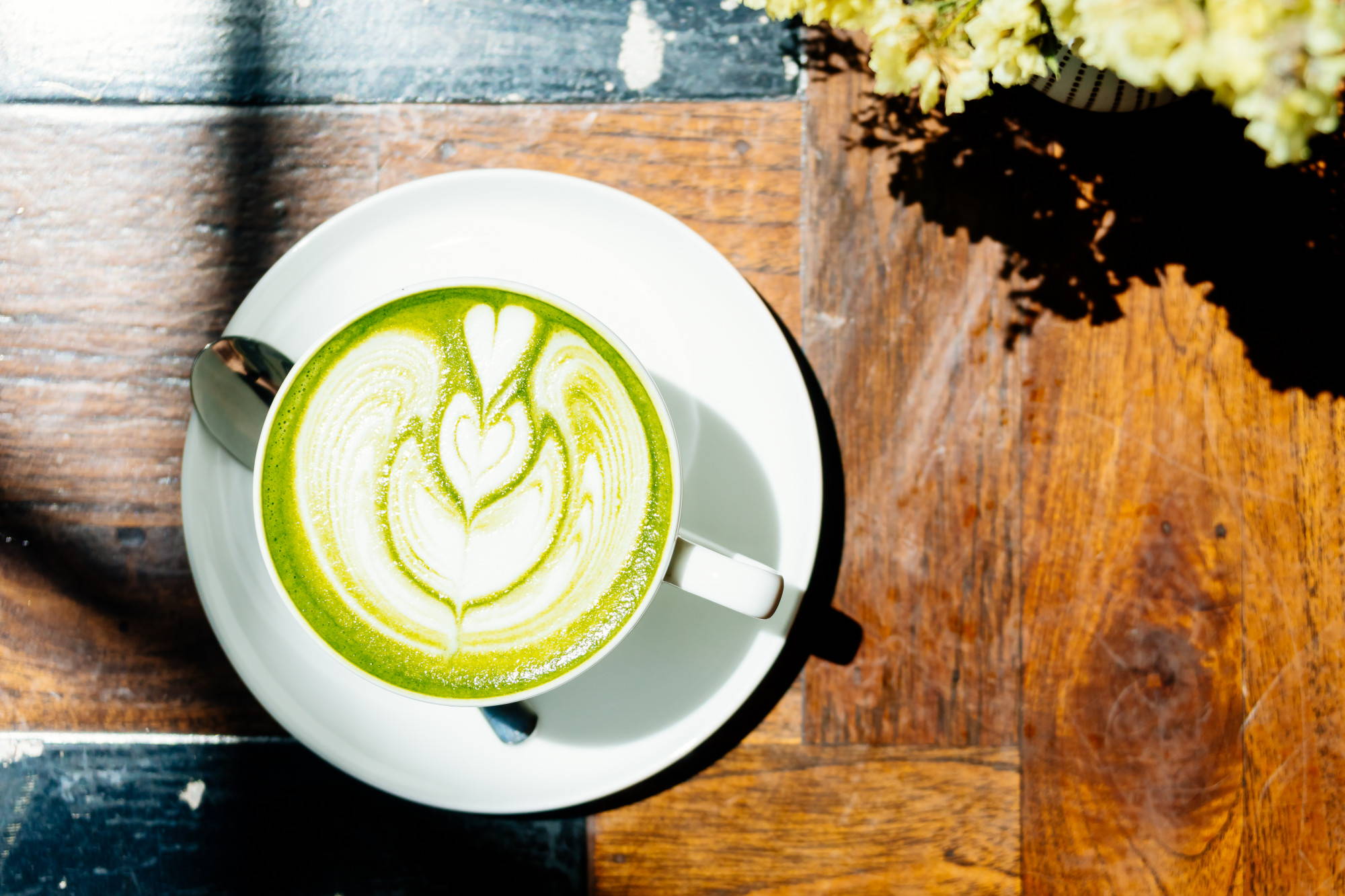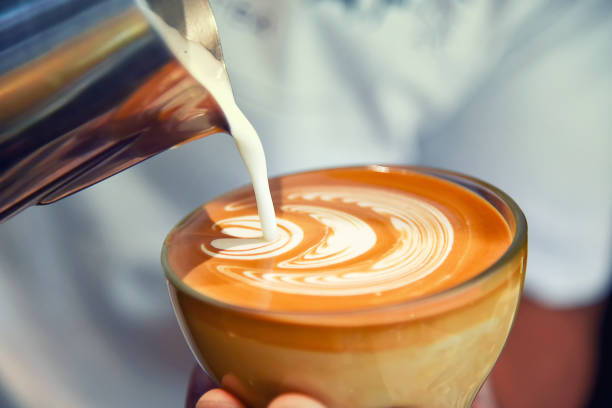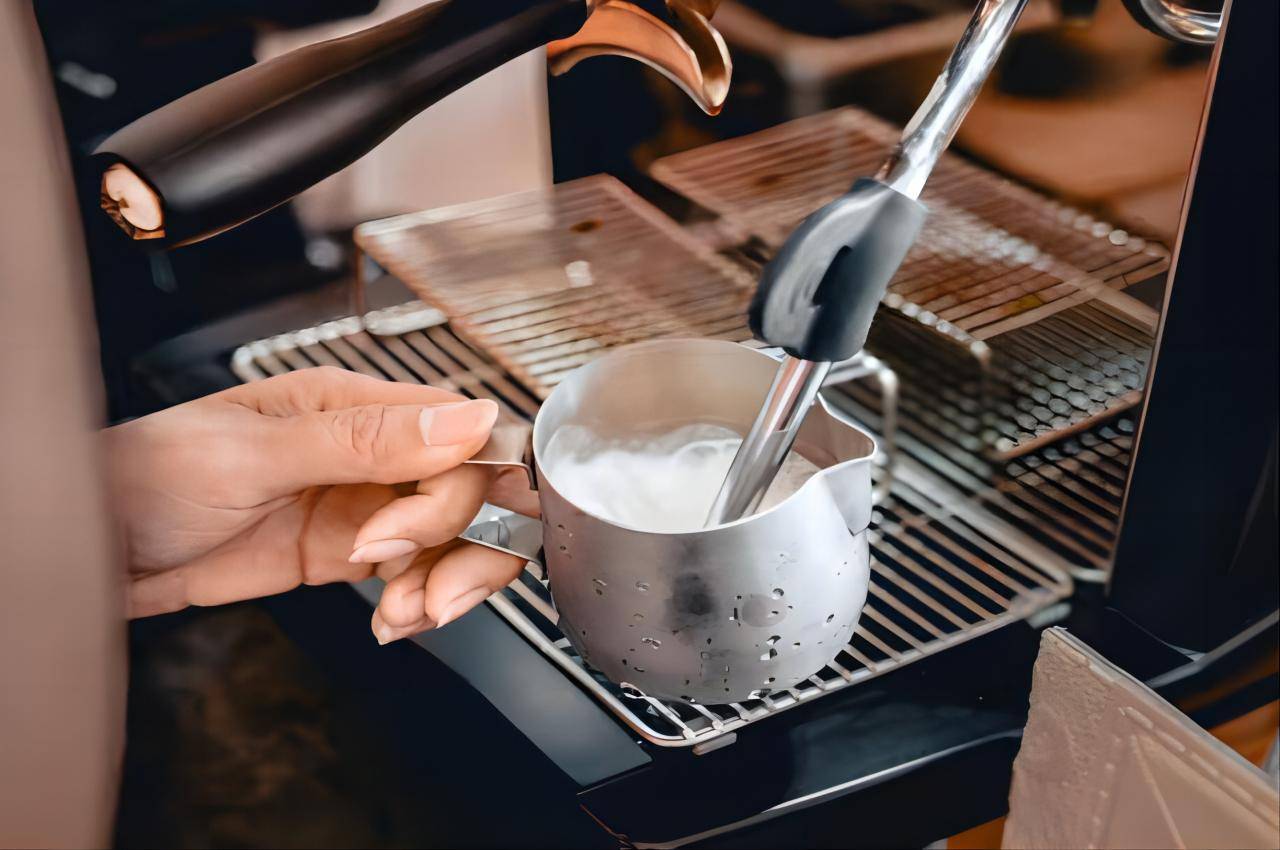Coffee vs. Tea: The Global Journey of Two Iconic Brews
Few beverages rival the enduring global appeal of tea and coffee. While each has carved its unique cultural identity, they share remarkable histories, fascinating journeys across continents, and an ever-expanding world of innovation that bridges their distinctions.
In this blog, we will dive into the origins and regional preferences of tea and coffee and discover how modern-day creators are blending the best of both worlds to craft unique experiences for beverage enthusiasts worldwide.
Subscribe
To join our mailing list and never miss event update!
Ancient Origins and Global Popularity

Bridging Two Worlds: Modern Innovations of Coffee and Tea

The Symbolic Role in Culture

Tea and Coffee in Modern Sustainability Movements

Final Words
As your journey through the world of tea and coffee continues, why choose just one? Explore new flavors, discover how these age-old beverages can come together, and toast to the rich heritage that both bring to your table. Cheers!
Subscribe
To join our mailing list and never miss a baby update!

